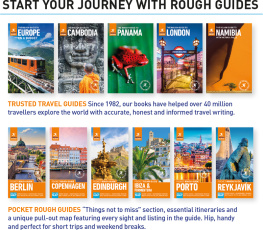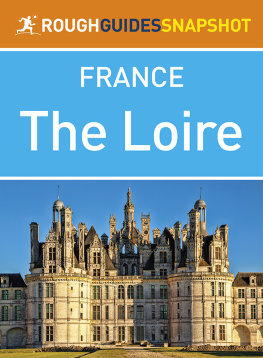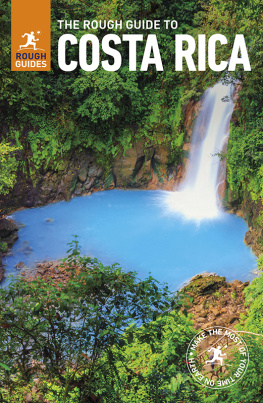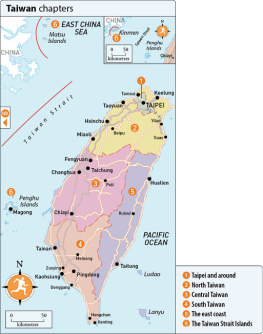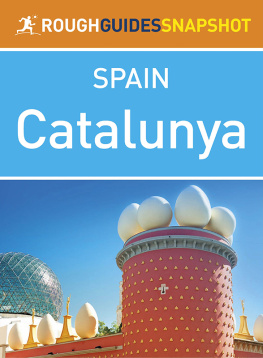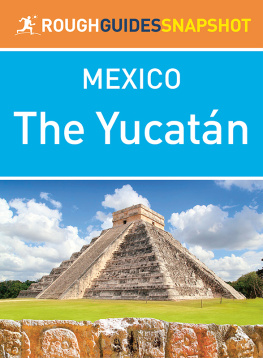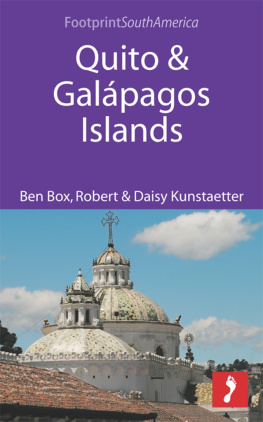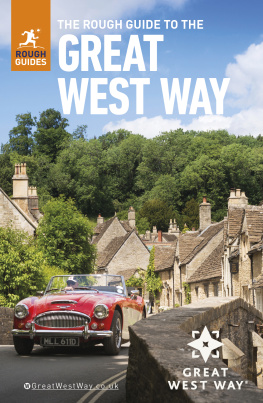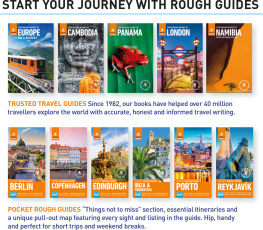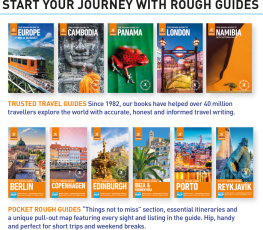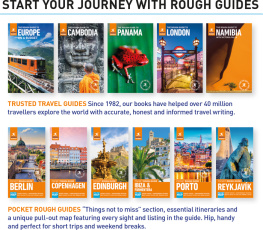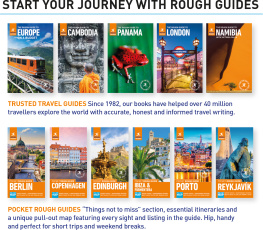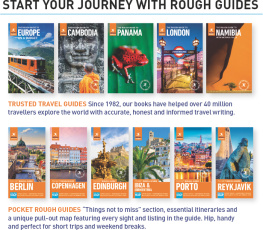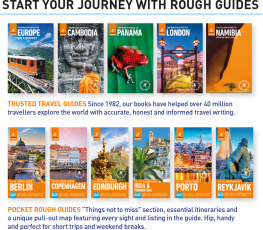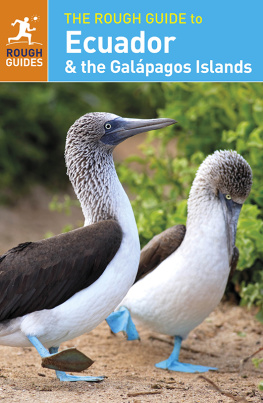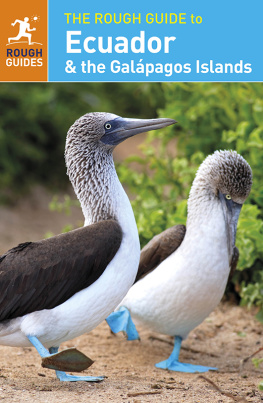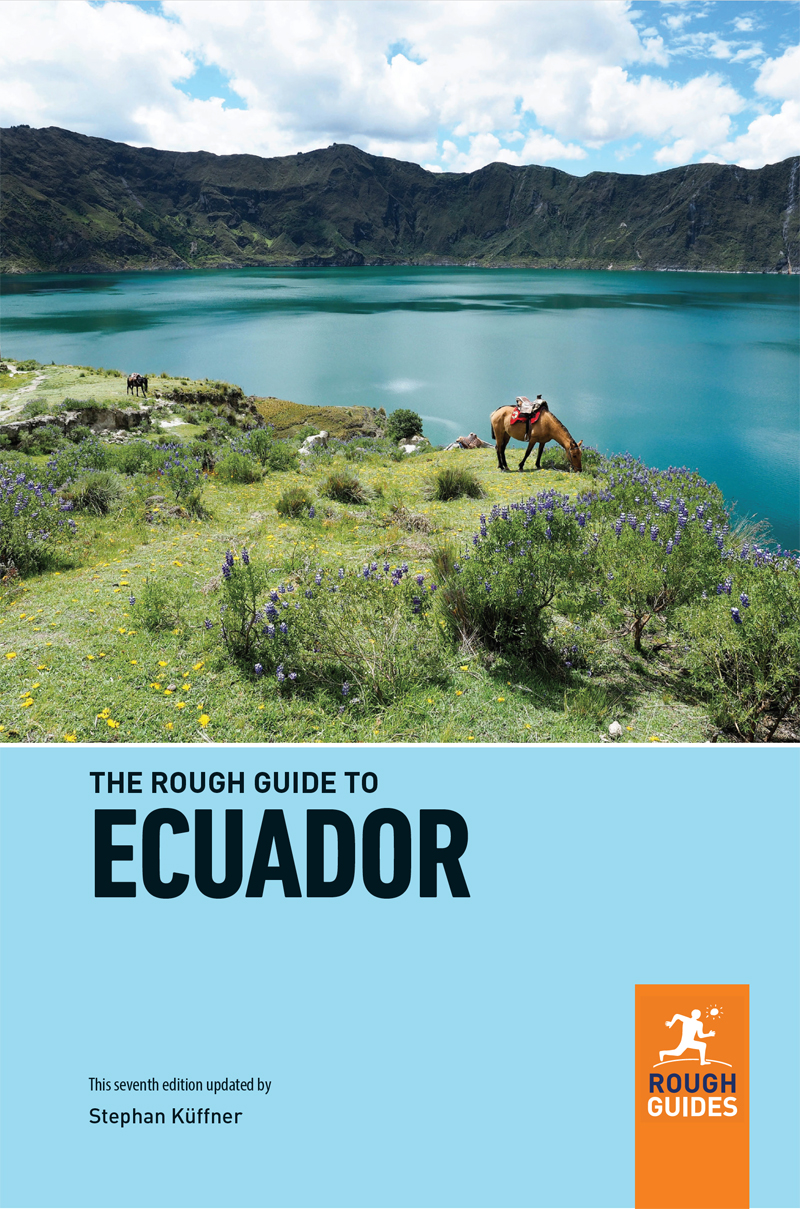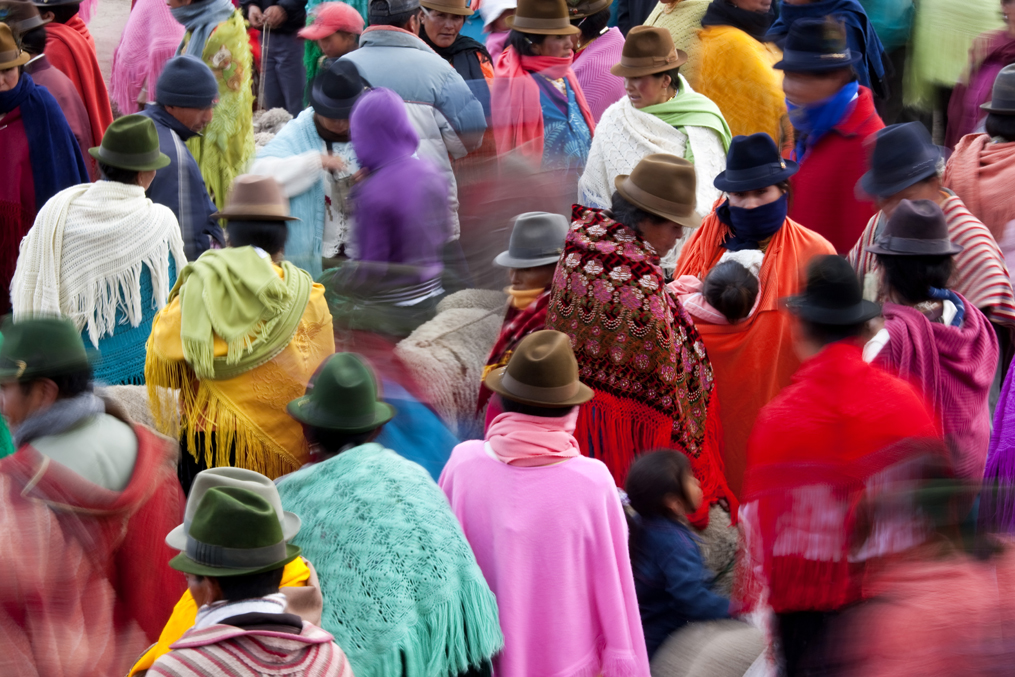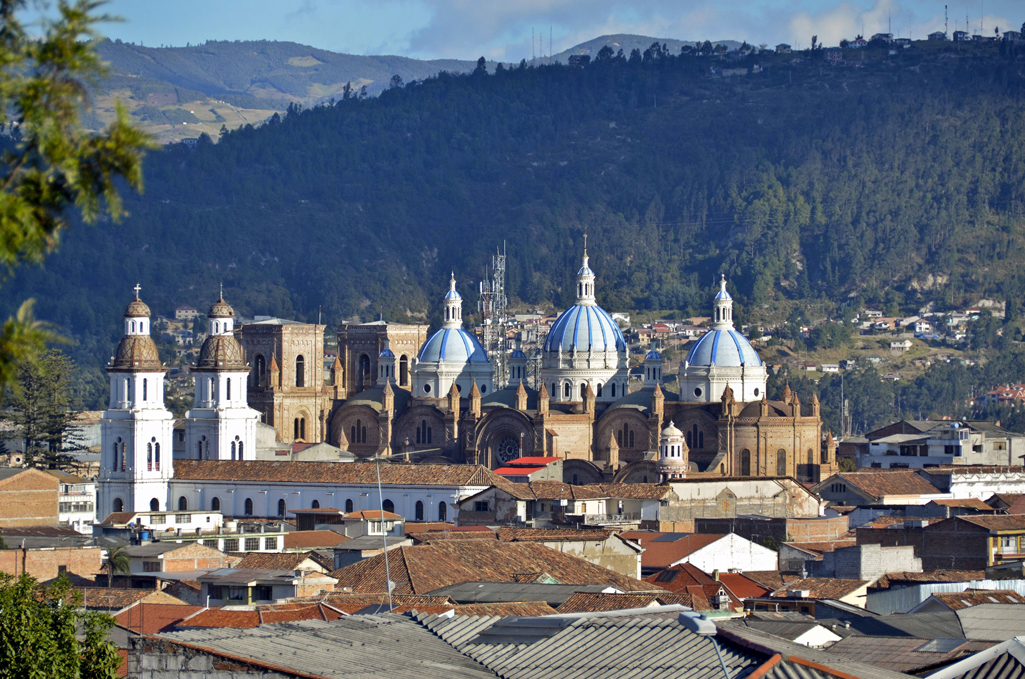Rough Guides - The Rough Guide to Ecuador & the Galapagos (Travel Guide eBook)
Here you can read online Rough Guides - The Rough Guide to Ecuador & the Galapagos (Travel Guide eBook) full text of the book (entire story) in english for free. Download pdf and epub, get meaning, cover and reviews about this ebook. year: 2019, publisher: Rough Guides, genre: Science / History. Description of the work, (preface) as well as reviews are available. Best literature library LitArk.com created for fans of good reading and offers a wide selection of genres:
Romance novel
Science fiction
Adventure
Detective
Science
History
Home and family
Prose
Art
Politics
Computer
Non-fiction
Religion
Business
Children
Humor
Choose a favorite category and find really read worthwhile books. Enjoy immersion in the world of imagination, feel the emotions of the characters or learn something new for yourself, make an fascinating discovery.
- Book:The Rough Guide to Ecuador & the Galapagos (Travel Guide eBook)
- Author:
- Publisher:Rough Guides
- Genre:
- Year:2019
- Rating:4 / 5
- Favourites:Add to favourites
- Your mark:
The Rough Guide to Ecuador & the Galapagos (Travel Guide eBook): summary, description and annotation
We offer to read an annotation, description, summary or preface (depends on what the author of the book "The Rough Guide to Ecuador & the Galapagos (Travel Guide eBook)" wrote himself). If you haven't found the necessary information about the book — write in the comments, we will try to find it.
World-renowned tell it like it is guidebook
Discover Ecuador and the Galpagos Islands with this comprehensive, entertaining, tell it like it is Rough Guide, packed with comprehensive practical information and our experts honest and independent recommendations.
Whether you plan to take in the colonial architecture of Cuenca or stroll along Guayaquils Malecn 2000, relax in the spa town of Baos or climb a volcano, The Rough Guide to Ecuador and the Galpagos Islands will help you discover the best places to explore, sleep, eat, drink and shop along the way.
Features of The Rough Guide to Ecuador and the Galpagos Islands:
- Detailed regional coverage: provides in-depth practical information for each step of all kinds of trip, from intrepid off-the-beaten-track adventures, to chilled-out breaks in popular tourist areas. Regions covered include: Quito, the northern sierra, the central sierra, the southern sierra, the Oriente, the northern lowlands and coast, Guayaquil and the southern coast and the Galpagos Islands.
- Honest independent reviews: written with Rough Guides trademark blend of humour, honesty and expertise, and recommendations you can truly trust, our writers will help you get the most from your trip to Ecuador and the Galpagos Islands.
- Meticulous mapping: always full-colour, with clearly numbered, colour-coded keys. Find your way around Quito, Guayaquil, Cuenca and many more locations without needing to get online.
- Fabulous full-colour photography: features a richness of inspirational colour photography, including the vibrant colours of Otavalo market, stunning wildlife and captivating Andean mountains.
- Things not to miss: Rough Guides rundown of Quito, Guayaquil, and the northern and southern sierras best sights and top experiences.
- Itineraries: carefully planned routes will help you organise your trip, and inspire and inform your on-the-road experiences.
- Basics section: packed with essential pre-departure information including getting there, getting around, accommodation, food and drink, health, the media, festivals, sports and outdoor activities, culture and etiquette, shopping and more.
- Background information: comprehensive Contexts chapter provides fascinating insights into Ecuador and the Galpagos Islands, with coverage of history, religion, ethnic groups, environment, wildlife and books, plus a handy language section and glossary.
- Covers: Quito, the northern sierra, the central sierra, the southern sierra, the Oriente, the northern lowlands and coast, Guayaquil and the southern coast and the Galpagos Islands
About Rough Guides: Rough Guides have been inspiring travellers for over 35 years, with over 30 million copies sold globally. Synonymous with practical travel tips, quality writing and a trustworthy tell it like it is ethos, the Rough Guides list includes more than 260 travel guides to 120+ destinations, gift-books and phrasebooks.
Rough Guides: author's other books
Who wrote The Rough Guide to Ecuador & the Galapagos (Travel Guide eBook)? Find out the surname, the name of the author of the book and a list of all author's works by series.

